Many of us have reached a point in our lives where cooking no longer means pouring milk onto cereal or water into a Cup Noodle. As new chefs, however, we have yet to figure out the convoluted art of cooking. Here is a list – compiled through a little too much trial and error – of the most common mistakes to avoid when cooking.
1. Simmering vs. Boiling
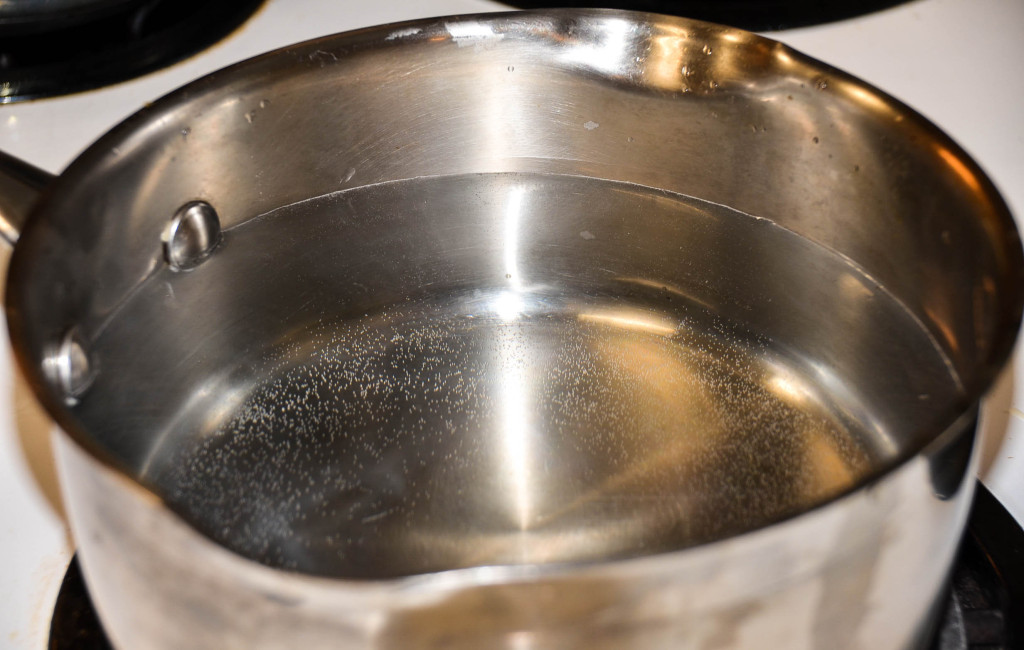
Photo by Smita Jain
Some recipes call for simmering, while others call for boiling. So what’s the difference? Simmering refers to slightly bubbly water – a bubble that breaks the surface every few seconds – while boiling refers to much more vigorous bubbling. Don’t fall into the trap of confusing the two; you don’t want to eat undercooked or overcooked foods, especially when it comes to meat.
2. Substituting Ingredients
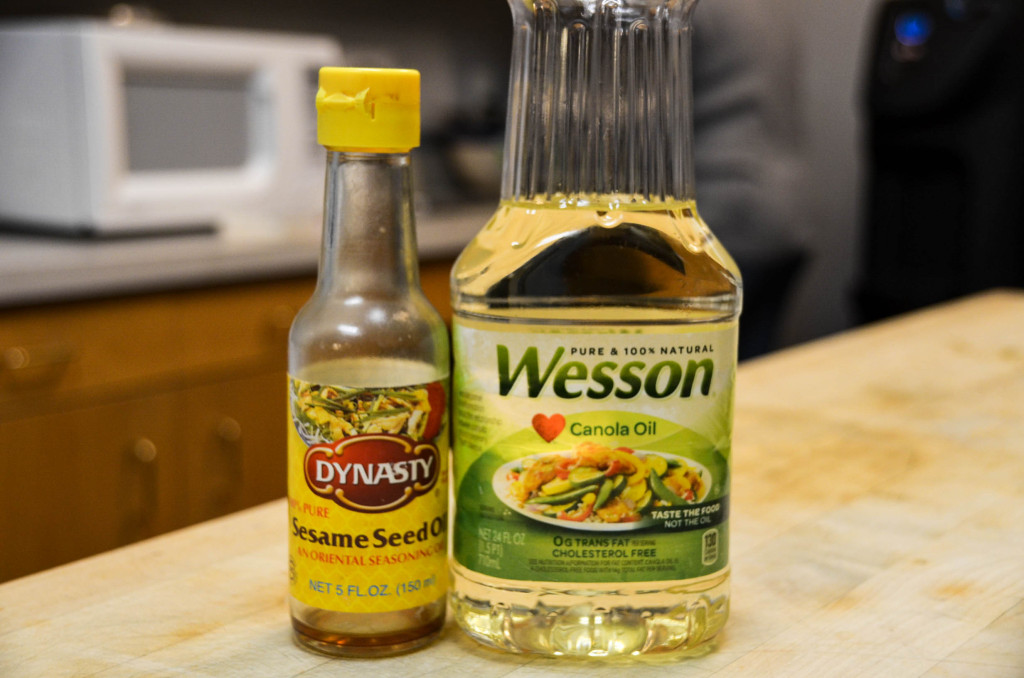
Photo by Smita Jain
Cooking involves chemistry. To create a delicious dish, the right ingredients have to come together in the right proportions to maximize this chemistry. Always be careful when taking the liberty to substitute ingredients or adjust amounts; you don’t want to disturb the careful balancing act of the dish.
3. Cooking on an Under-Heated Pan
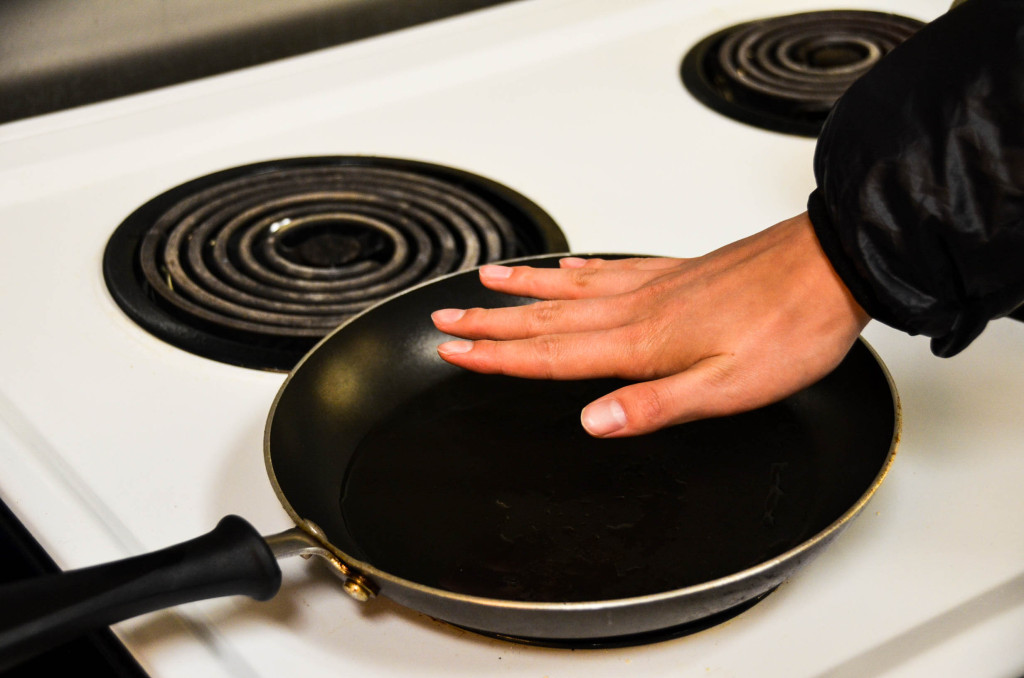
Photo by Smita Jain
This is especially important when stir-frying. Before pouring your ingredients onto a pan, make sure the pan is fully heated. Putting food onto an under-heated pan not only removes flavor due to an extended cook time, but it also causes the food to stick to the surface of the pan.
4. Overseasoning
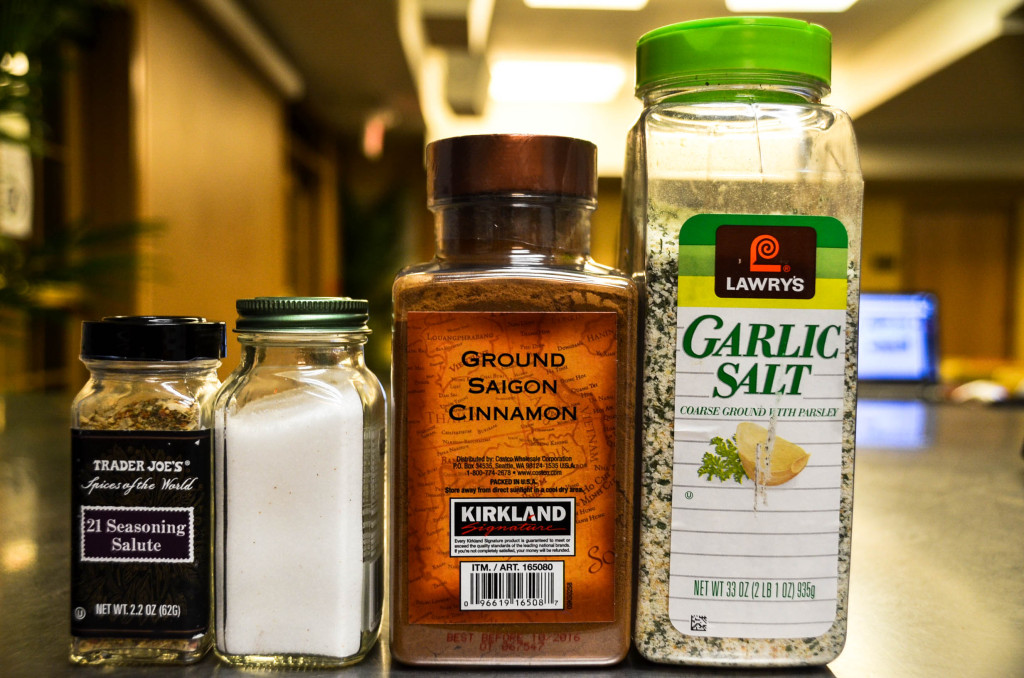
Photo by Smita Jain
The more isn’t always the merrier – especially when it comes to seasoning. Many rookie cooks lack the experience to gauge exactly how much salt or thyme should be added for the right balance of flavors. Remember, you can always sprinkle on more seasoning, but once it’s in the pot, you can’t take it out.
5. Using the Right Pans
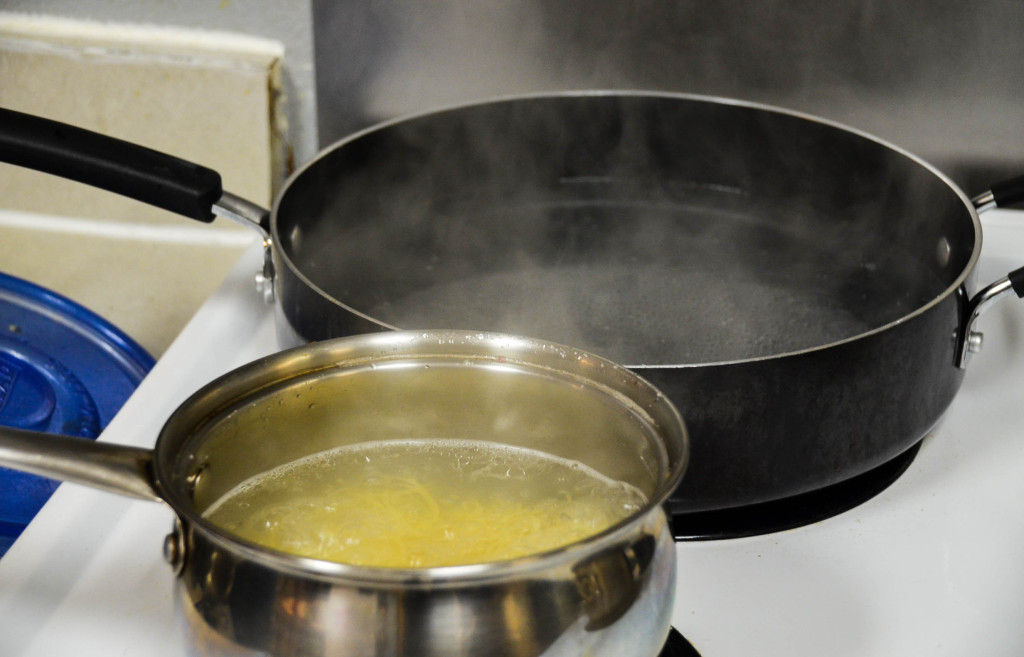
Photo by Smita Jain
Don’t make grilled cheese in a saucepan or beef stew in a skillet. There is a reason why cooks invest in many different types of pots and pans. Each one has its designated usage for maximum efficiency and taste. Before cooking, devote some time to figuring out whether to use a sauté pan or a frying pan for each recipe.


